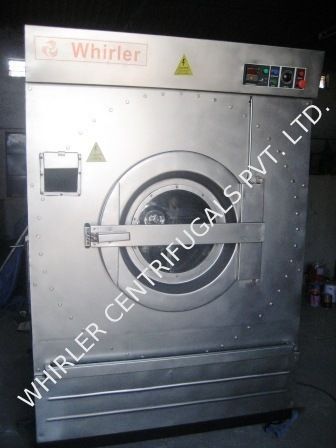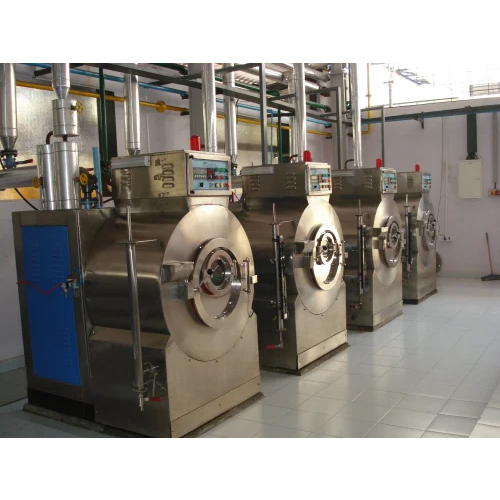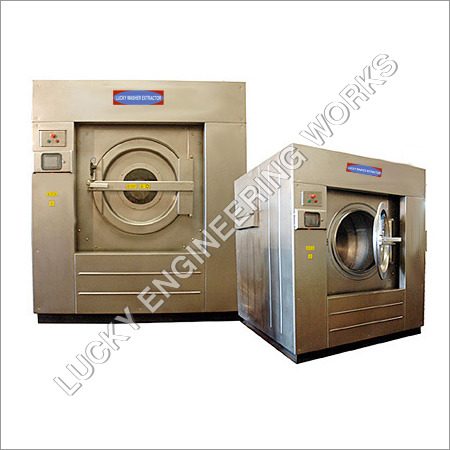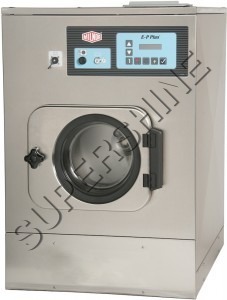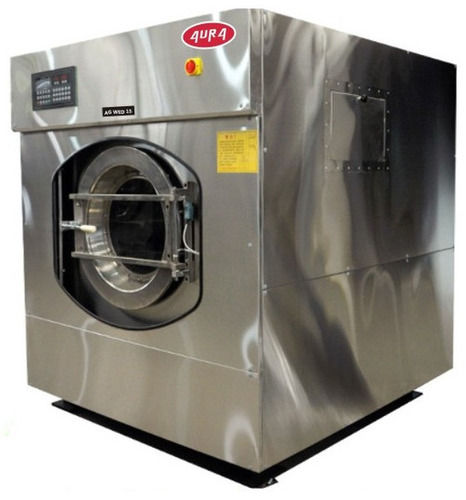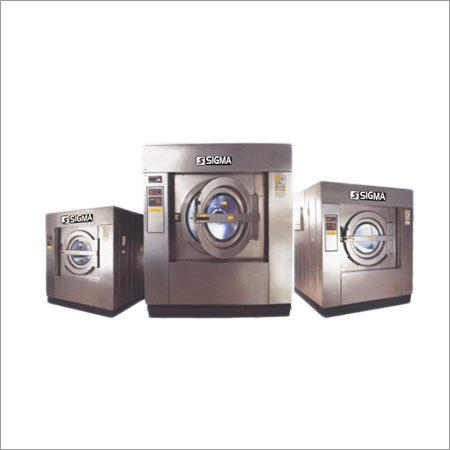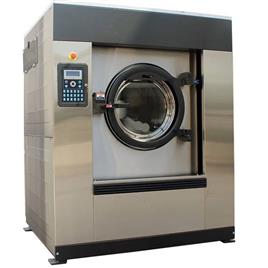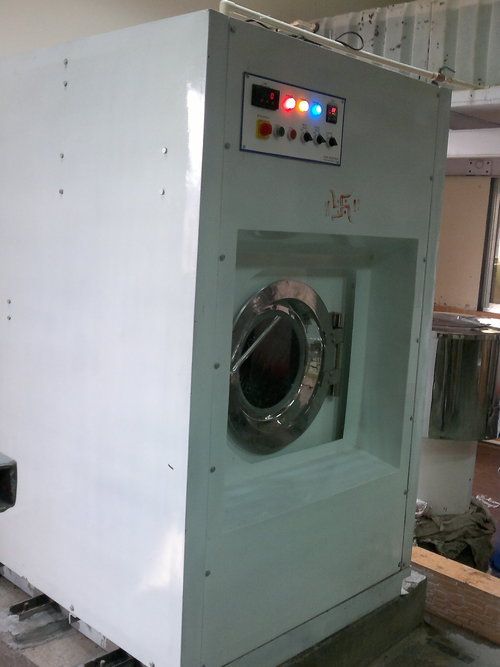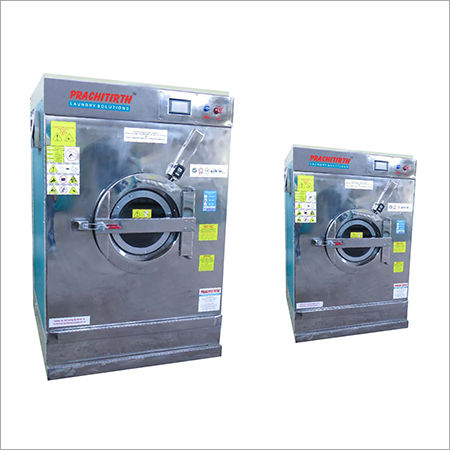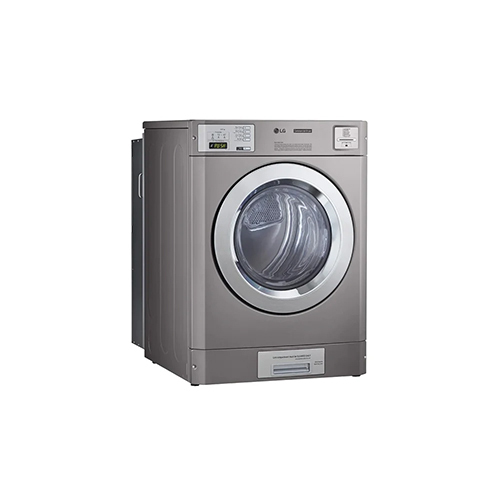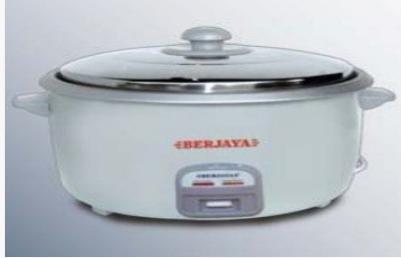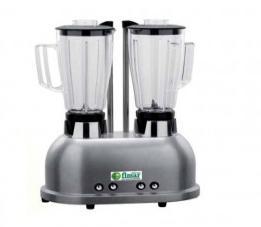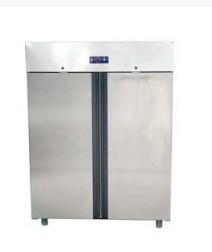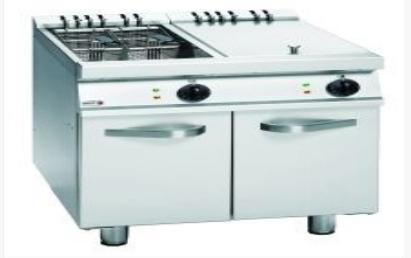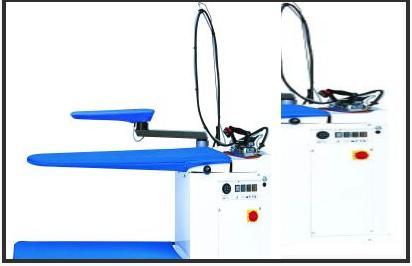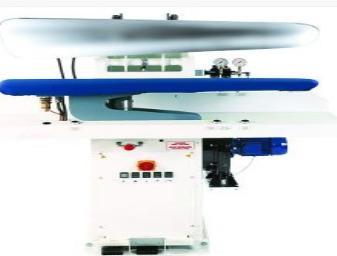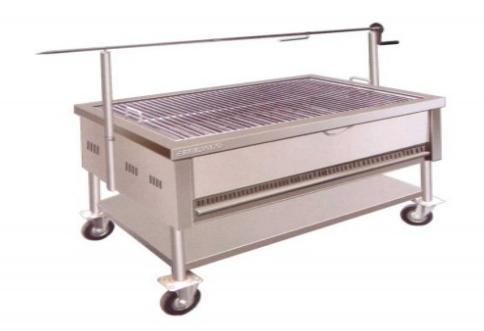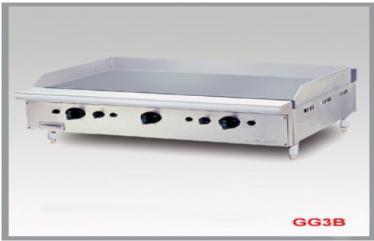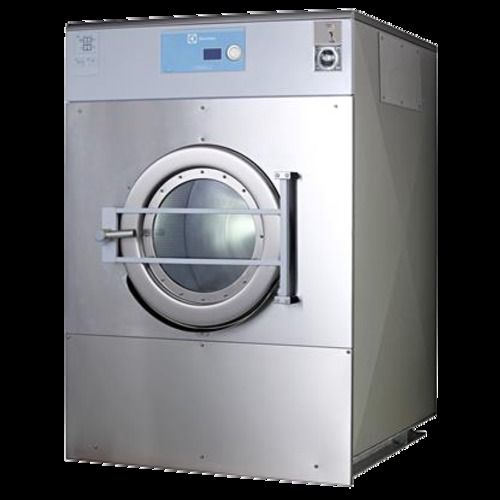
Automatic Washer Extractor - Fagor La 60 Mpe Model, High Spin Performance With Superior Corrosion Resistance And Robust Functionality
Price:
Get Latest Price
In Stock
Product Specifications
| Model | LA 60 MPE |
| Manufacturer | Fagor Spain |
| Material | Stainless Steel |
| Dimensions | 60x60x80cm |
| Capacity | 60kg |
| Spin Speed | 1200 RPM |
| Warranty | One Year |
| Features | High Capacity, Easy Operation, Durable Build, Efficient Cleaning, Fast Extraction, Low Maintenance, Corrosion Resistant, Quiet Operation |
| Payment Terms | Cash on Delivery (COD) |
| Delivery Time | 12 Days |
| Sample Policy | Contact us for information regarding our sample policy |
| Packaging Details | seal proof packaging |
Product Overview
Key Features
Specifications -
AUTOMATIC WASHER EXTRACTOR
a c FAGOR - SPAIN
a c Model: LA 60 MPE
a c High Spin
a c Warranty - One Year
Company Details
Focusing on a customer-centric approach, PARAMOUNT TRADING EST. has a pan-India presence and caters to a huge consumer base throughout the country. Buy Laundry Equipment in bulk from PARAMOUNT TRADING EST. at Trade India quality-assured products.
Business Type
Supplier
Related Products
Explore Related Categories
More Product From This seller
Seller Details
Sharjah, Sharjah
Maneesha
Address
P. O. BOX 28790, Sharjah, Sharjah, 28790, United Arab Emirates
Report incorrect details

